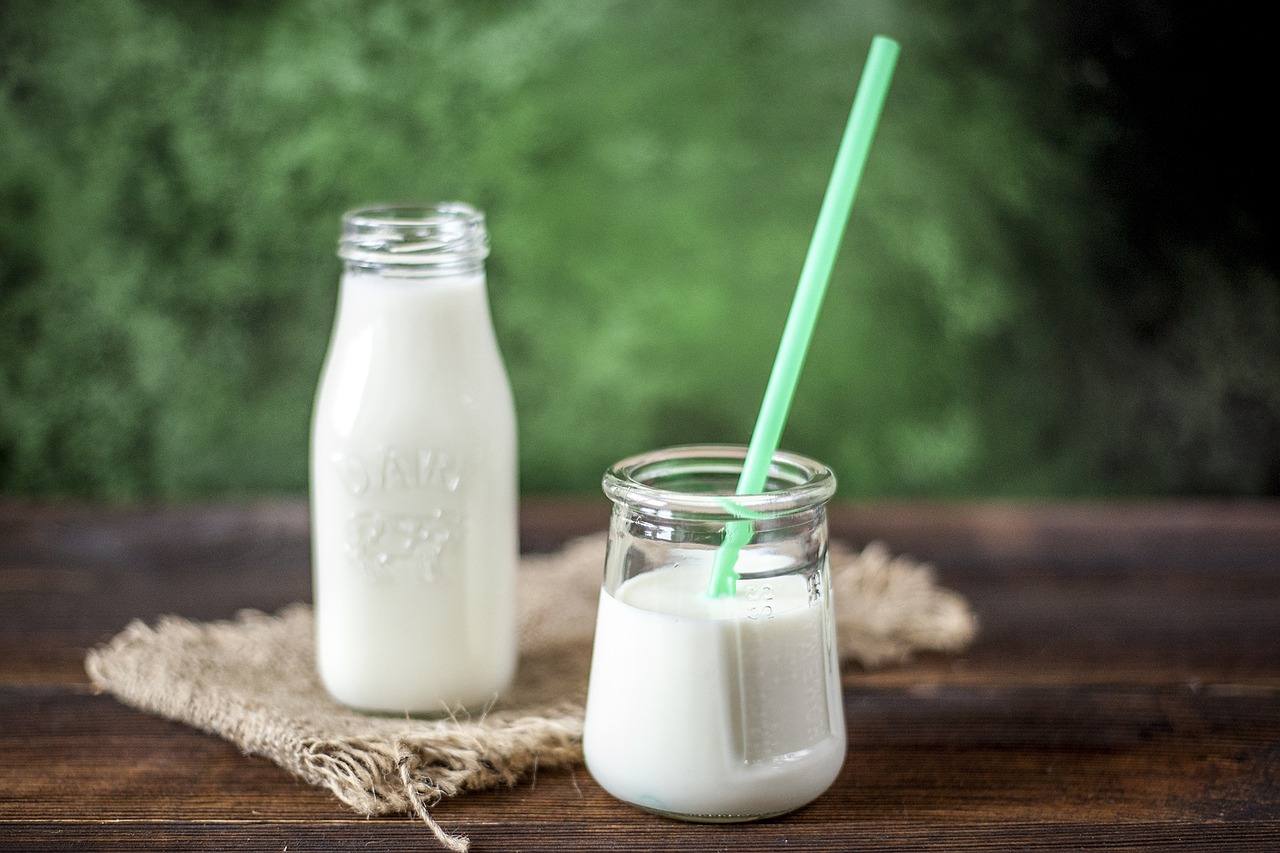Did your doctor tell you to stop all dairy once you formed a stone? If so, you are not alone.
Many doctors tell their patients to stop eating foods that contain calcium. The problem with this advice is that eliminating calcium from your diet can cause stones.
Most stone formers, in fact, most adults, are not getting enough calcium. Below you will find out why you need calcium and how to get more of it each day.
Why You Need Dietary Calcium
Not only will eating your RDA (recommended daily allowance) of calcium prevent new kidney stones, but it will also minimize your risk of osteoporosis. Bottom line is you need to get calcium to keep your bones healthy and, if you are a stone former, to lower your risk of kidney stones.
Why is My Urine Calcium High?
Here are several reasons why you may have too much calcium in your urine.
- You are eating too much salt (this pulls calcium from bone into urine).
- You are eating too much sugar (this pulls calcium from bone into urine).
- You are eating too many foods high in protein (this causes calcium pulled from bone to spill into urine).
- You are taking too many Tums (they contain calcium) to alleviate indigestion.
- You are taking your calcium supplements incorrectly.
- You are taking too much of your calcium supplement.
- You are not absorbing your calcium supplements due to other medical conditions.Your parathyroid is overreacting (a simple blood and urine test will tell you).
- You have idiopathic hypercalciuria – a genetic trait that causes calcium loss from bones.
How Much Calcium Do You Need Each Day
Women need 1,000 mg/day if you are still getting your period and 1,200 mg/day if you are postmenopausal.
Men need 1,000 mg/day.
Here is a helpful link to the NIH website that discusses your calcium needs and calcium-rich food sources. Please note that not all of the foods listed on the NIH website will be a good source of calcium if you are trying to limit oxalate and sodium.
How Calcium Lessens Stone Risk
Getting your RDA of calcium helps reduce the amount of oxalate in your body by binding calcium with oxalate in your large intestine so that oxalate can leave the body as waste. If you are not getting enough calcium, oxalate cannot leave the body and gets reabsorbed back into the bloodstream. No calcium, more oxalate!
Pairing Calcium Foods with Oxalate Foods AT THE SAME TIME
If you are going to eat food that is high in oxalate, make sure you are pairing that food with a food high in calcium. For example, you could put a couple of walnuts in your yogurt or drink milk with your peanut butter sandwich.
Vegan Patients
If you are vegan you can choose milk alternatives that are low in oxalates like unsweetened flax, coconut, pea, oatmeal or rice milk.
Lactose Intolerant Patients
If lactose bothers you, try lactose-free milk. I drink Fairlife lactose-free milk because it tastes good but choose any brand you like.
Taking Calcium Supplements
You probably know what I am going to say, don’t you? You absorb your nutrients much better from food than you do supplements. That being said, some of you, for a variety of reasons, might find it hard to get the amount of calcium you need every day from foods. If this is the case, then use a supplement. However, knowing how to do it is very important.
First, calculate how much calcium you are getting from food (many other foods contain some calcium, not just dairy products). Once you see what your daily amount of calcium from food is, adjust your supplements from that baseline. Always take calcium with a meal, not with a snack. Do not go over the RDA. MORE IS NOT BETTER. Most importantly, take calcium supplements throughout the day, not all at once.
Weight Gain with More Calcium
When I work with my patients, I always remind them to allow for extra calories. You can’t add a few hundred calories per day from milk (or other foods/drinks) without reducing calories elsewhere. Just a friendly reminder!
Calcium and Constipation
Dairy products can be constipating for some patients. Always try to get plenty of fiber from plants, fruits, and healthy grains. There are many food options when on a low oxalate diet.
To learn more about exactly how to get the dietary calcium you need and how to properly implement The Kidney Stone Prevention Diet, have a look at my course page.














Leave a Reply